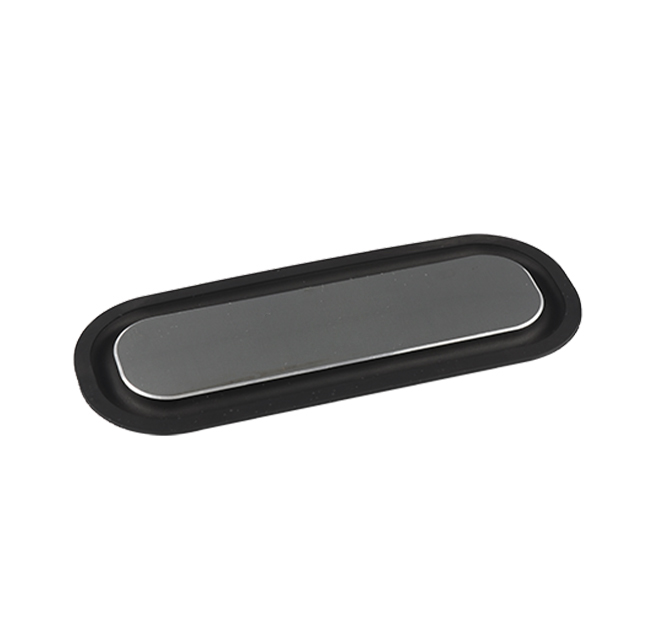Time:2025-06-20 Views:0 source:CNC Machining customization source:CNC Machining news

When it comes to CNC machining of food - contact components for food machinery, strict safety and hygiene standards must be adhered to, in addition to achieving high - precision dimensions. The choice of materials is of utmost importance, with food - grade stainless steels (such as 304 and 316) being the most commonly used due to their excellent corrosion resistance, non - toxicity, and ease of cleaning.
The CNC machining process for these components starts with careful material inspection to ensure compliance with food safety regulations. CNC turning is often the first step, shaping the basic geometry of the components. Special attention is paid to the cutting parameters to prevent burrs and sharp edges, as these can harbor bacteria and affect the hygiene of the food production process. After turning, CNC milling is employed to create features like cavities, slots, or holes. The machining accuracy is critical, as any deviation can lead to issues such as improper fitting of seals or difficulty in cleaning.
Surface finishing is a key aspect of machining food - contact components. Electropolishing is a popular technique used to achieve a smooth, mirror - like surface. This not only reduces the surface roughness, making it difficult for food residues and bacteria to adhere, but also enhances the corrosion resistance of the stainless steel. Moreover, CNC machining allows for the production of complex geometries that are optimized for easy disassembly and cleaning. For example, components can be designed with rounded corners and smooth transitions, eliminating areas where dirt and bacteria could accumulate. Quality control during the machining process is stringent, involving regular inspections of dimensions, surface finish, and material integrity to ensure that the final products meet all food safety requirements.
Read recommendations:
Sealing ring Precision electronic parts
Housing components for recessed downlights Precision electronic parts
Oval Magnetic Hardware Precision electronic parts
CNC Machining Dimension Accuracy
CNC processing factory - Meeting customers' strict requirements for precision